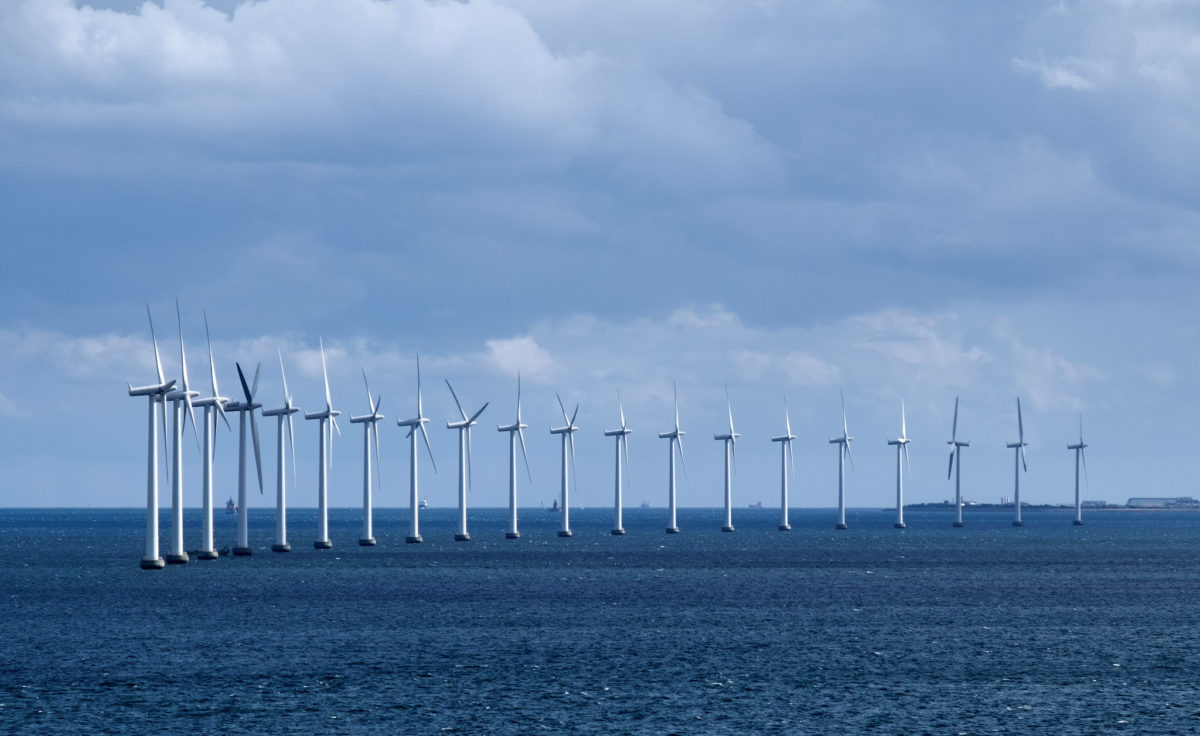In 2009, the Renewables Directive mandated EU member states to ensure that by 2020, twenty percent of European energy consumption comes from renewable sources. As a result, member states created national-level support schemes for renewables. This causes difficulty when energy flows across national borders and despite legal uncertainties caused by the present situation, subsidy schemes mostly remain in national silos. To avoid confusion, we should move towards EU-wide subsidies says Juuso Järviniemi for The New Federalist.
Legal confusion: The Ålands Vindkraft case
The Ålands Vindkraft case, decided by the European Court of Justice in 2014, was a complex affair. Sweden had denied renewable energy certificates, the country’s chosen form of subsidy, to the company because it was based in Åland in Finland, despite the fact that the electricity produced at the farm went to the Swedish rather than the Finnish grid. The wind farm sued but the ECJ said that the Swedish rule was compatible with the 2009 directive, which allows member states to determine to what extent they support energy produced in another member state.
However, Advocate-General Yves Bot argued that this provision in the directive contradicted the free movement of goods within the Single Market. The ECJ agreed that Sweden’s denial of state support for the Finnish wind farm restricted the free movement of goods, but still ruled that the restriction was justified – apparently on grounds of environmental protection. Overall, Étienne Durand and Malcolm Keay from the Oxford Institute for Energy Studies wrote at the time that the ruling raised more questions than it answered.
Contrary to common practice, in this court case the ECJ disagreed with the advice of the Advocate-General, who was in favour of allowing renewable energy in any country to be eligible for national subsidies.
Lack of ambition: The 2018 renewables directive
A new, updated directive on renewable energies was adopted in December 2018. Among other things, the directive addressed the question of subsidies for foreign providers. The Commission’s original proposal had suggested a binding minimum of 10% of subsidies being open for foreign providers, starting in 2021, but the final version of the directive only included a non-binding indication of at least 5% starting from 2023.
While in the ECJ case the Advocate-General was against such restrictions at national borders, the 2018 watering down of the Commission’s already modest proposal displays the low level of ambition among decision-makers to Europeanise the subsidy system. This is concerning, especially as the free flow of energy across national borders is the chief objective of the Energy Union, and renewable energies are touted as a sustainable way to mitigate the EU’s energy dependency. One might even ask if guarding national boundaries is here taking priority over ensuring citizens have optimal access to clean energy.
A European system would simplify matters
The free movement of goods was a key principle which was overridden in the ECJ ruling. Indeed, the great real-life impact of the confusion described above is felt in the energy market. As Durand and Keay write: “With 28 Member States operating 28 different national support schemes, mostly confined to domestic production, it will be increasingly difficult to argue that there is a level playing field for competition across Europe.”
Nationally-based subsidies defend domestic producers from outside competition. In Europe, subsidies for renewable energy serve the higher objective of protecting the environment, but as long as we don’t decide on subsidies at an EU level, we’re shooting ourselves in the foot. If we forget that our market is Europe, rather than just Finland, Sweden or another state, the lack of coordination risks generating sub-optimal outcomes, or in other words, waste of money.
A truly European subsidy system could help consign messy affairs like the Ålands Vindkraft case to history, and enable us to save money. It would be a contribution to a better-functioning Single Market and to a greener Europe at the same time.
Further reading and sources
Durand, E. and Keay, M. (2014) National Support for Renewable Electricity and the Single Market in Europe: The Alands Vindkraft Case. Oxford: The Oxford Institute for Energy Studies. Available here.
Photo : The Middelgrunden wind farm outside Copenhagen, Denmark. Lars Plougmann / Flickr (CC BY-SA 2.0)
